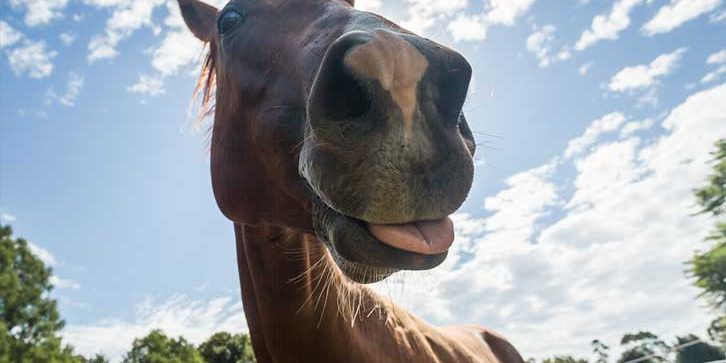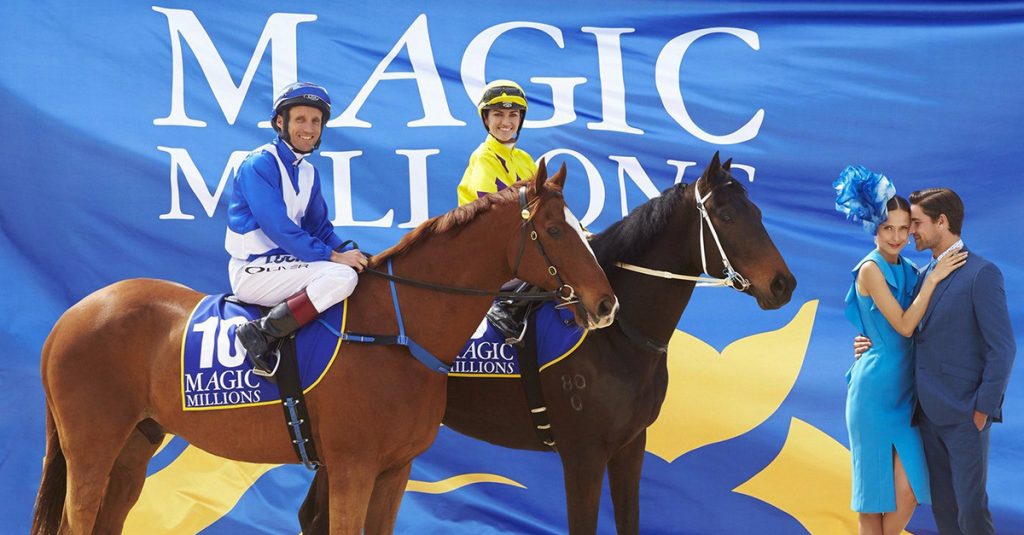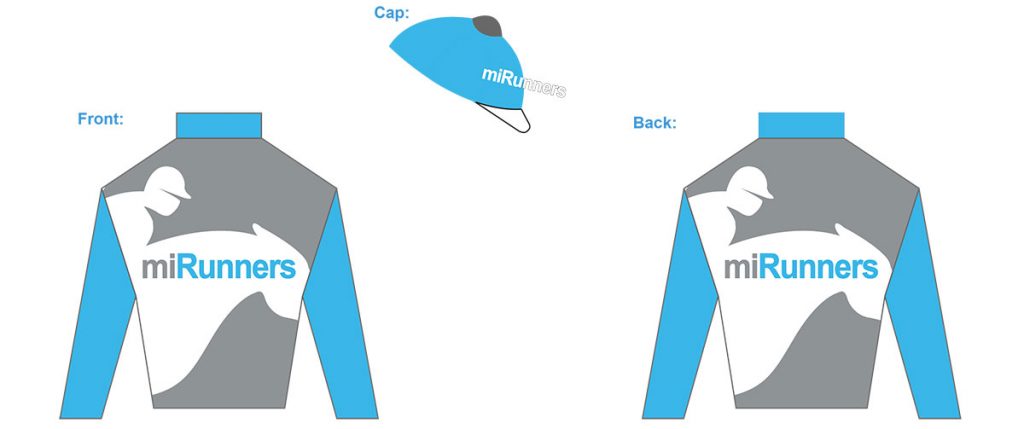The key horse racing terminology new owners need to know
19th Jan 2018
Are you new to racehorse ownership and all the lingo is confusing you? If you familiarise yourself with these key racehorse terms / terminology you will be able to understand what all the "experts" are talking about.

Age of Horse: All racehorses celebrate their birthdays on the same day. This makes it easier to keep track of breeding and records.
- In Asia and the southern hemisphere (Australia, New Zealand, Japan, Hong Kong and Singapore) horses celebrate their birthday on the 1st of August each year.
- In the northern hemisphere (United Kingdom, Ireland, France, USA and Canada) horses celebrate their birthday on the 1st of January each year.
Barren: Used to describe a filly or mare that was bred, but did not conceive during a stated breeding season.
Bolt: When a horse suddenly takes off. Can also be used in racing terms when a horse wins by so far it ‘bolts’ in.
Breeder (of Record): Owner of a mare, and hence the foal, at time of foaling, unless the dam was under a lease or foal-sharing agreement at the time of foaling.
Breeze: A term generally used to describe a workout in which a horse is easily galloping under a hold without encouragement from the rider.
Broodmare: A female thoroughbred that is used for breeding.
Broodmare dam: A mare that produces females that are used for breeding.
Broodmare sire: A male horse that produces females that are used for breeding.
By: A horse is "by" a certain sire – this term is never used for the dam.
Colt: An entire male horse, under 4 years of age, unless gelded. At 4 years of age entire males are recognized as horses. Gelded (castrated) colts are considered a gelding.
Sign up for free to the miRunners newsletter
Condition: To train a horse and work on their physical attributes
Cooling Down: Restoring a horse's breathing and temperature, usually by walking and offering water after a workout or race.
Dam: The mother of a horse.
Dam sire: Also known as the broodmare sire – the sire of the dam of a horse, or maternal grandsire.
Entire: Male horse over three years old which has not been castrated, also known as a stallion.
RECENT ARTICLE: Mick Price’s Top Five Wins
Farrier: Person who trims or shoes horses, also known as a blacksmith.
Filly: A female horse, under 4 years of age. At 4 years of age they are called mares.
Foal: The offspring of a dam. The foaling season for Thoroughbreds officially commences on 1st August each year. Foals born on or after that date officially turn one year old (yearlings) on the following 1st August.
From: A horse is "from" or "out of" a certain dam – these terms are never used for the sire.
Full sister/brother: A horse by the same sire and same dam.
Full sister/brother in blood: A horse whose four grandparents are exactly the same as another horse – even though one or both of the actual parents are not the same, but are full sister or brother to the parent/s of the other horse.
Gelding: A male horse which has been castrated. Gelding is usually performed in a horse’s second or third year, but it can be carried out from a very early age. Reasons for gelding include unruly behaviour, lack of concentration on raceday activities and excess body weight (stallions generally carry more body fat than geldings or mares and consequently place more pressure on their legs).
Half sister: A female horse out of the same dam as the other horse, but with a different sire. Horses with the same sire but different dams are not considered half sisters or brothers.
Handily: A horse which is working or racing with moderate effort is said to be working handily
Horse: Technically, a male horse four years old or greater is a "horse". A male horse under five years of age is technically a "colt".
In Foal: Pregnant mare as tested at 45 days since covering.
Inbreeding: Mating of closely related individuals or of individuals having similar gene type (genotype).
Inbreeding Quotient (Figures): Marks degree of inbreeding of a certain horse. For example, a 3 x 3 cross indicates that the horse in inbred twice in the third generation; 4 x 3 equals inbreeding in the fourth and third generations. Inbreeding quotients are read top to bottom starting with each generation. Some pedigrees indicate where the inbreeding comes from: 3S x 2D, third generation of sire's pedigree and second generation of dam's pedigree. The inbreeding quotient can mark a horse's inbreeding to a certain mare or stallion. Some pedigrees list inbreeding in bold face type.
Juvenile: A two year old horse.
Line Breeding: More remote than inbreeding, usually involving horses beyond the fourth generation.
Magic Millions: The Magic Millions is an Australian thoroughbred racehorse auction house which holds auctions around Australia each year including its world famous Gold Coast Yearling Sale at Surfers Paradise in Queensland.

Maiden: A horse that has never won a race; or a race for horses that have never won a race.
Mare: A female horse aged four or older.
Out of: A horse is ‘from’ or ‘out of’ a certain dam – these terms are never used for the sire. It would be physically impossible for a foal to be ‘out of’ a stallion!
Outcross: A horse whose pedigree has no duplicated names or "hidden relatives" (such as three-quarter siblings) within, usually, the first four generations. Some pedigree experts extend this to the sixth generation.
Pedigree: Family tree of a horse. The Australian Stud Book is the authority to which breeders must register all their bloodstock in order for the progeny to be eligible to race. There is also a New Zealand Stud Book.
RELATED ARTICLE: Affordable racehorse ownership: how does it work?
Producer/Produce: A mare becomes a producer after one of her offspring wins a race at a recognized racetrack. Offspring or progeny of a mare.
Progeny: The offspring of a horse.
Rig: A male horse which has a testicle that has not descended into the scrotum. Gelding of a rig requires a surgical operation.
School: To train a horse, generally in the starting gate or the paddock.
Silks: The distinct coloured jacket and cap jockeys wear in a race designating the owner of the horse.

RELATED ARTICLE: Revealed: Saganaki’s Racing Silks
Sire: The father of a horse. A horse becomes a sire after one of his offspring wins a race at a recognized racetrack.
Spell: When a horse has been given a break from racing and been freshened up.
Stallion: A male horse that has not been gelded (castrated). Also describes male horses whose racing deeds and pedigree are such that it is desirable to breed from him.
Weanling: Horse under the age of one year (at 1st August) which has been weaned from its dam.
Workout: Exercise a horse. Also the time recorded of a horse's gallop over a certain distance during morning workouts.
Yearling: A horse born after 1st August officially becomes a yearling on the following 1st August.
